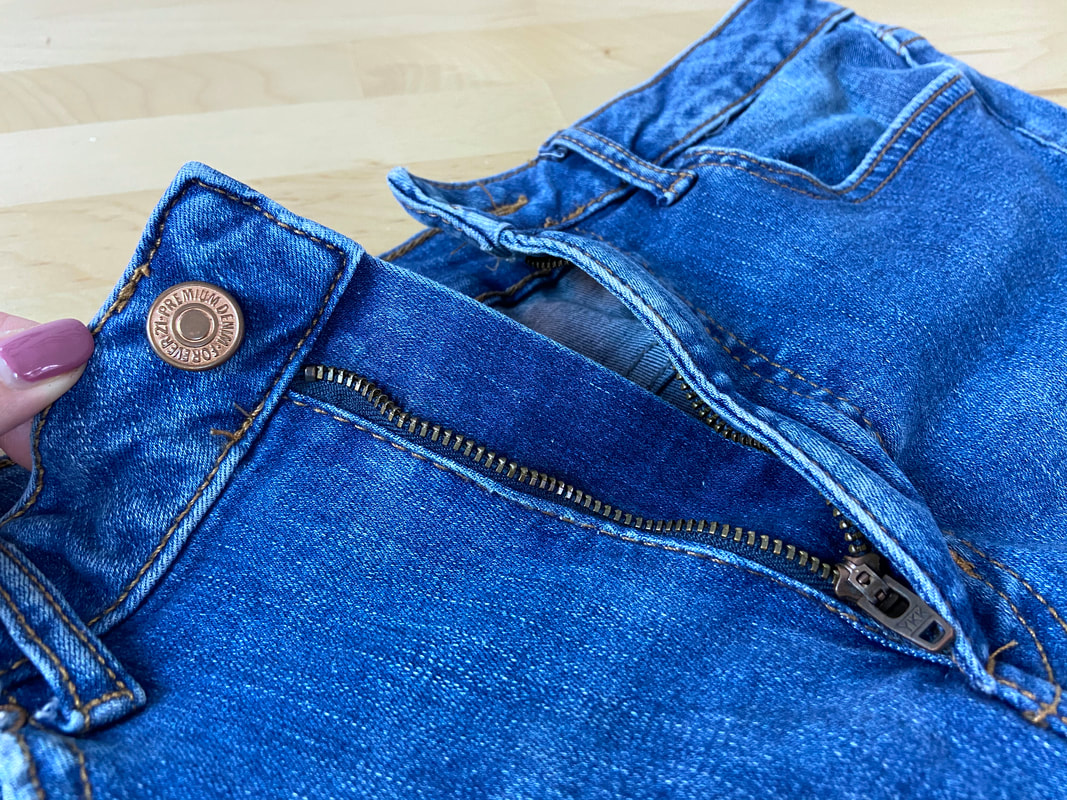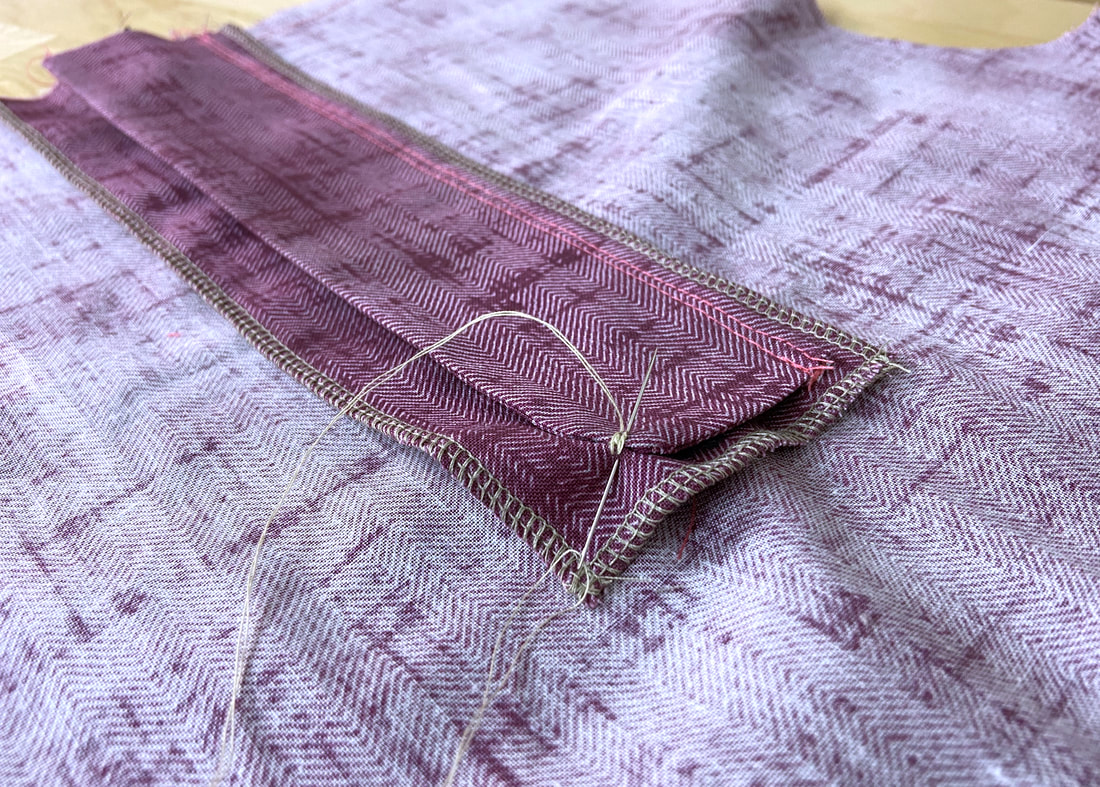What Are Zipper Underlays And Why Use Them In Dressmaking
A conventional zipper underlay is a single or double fabric layer compartment that is stitched to the wrong side of select zipper applications. An underlay provides a protective buffer between the zipper teeth/tape and the skin surface. Particularly when working with metal chain zippers or when sewing fly-front applications (pictured above), underlays provide an imperative role in increasing comfort and ensuring the garment's full functionality.
A zipper underlay should be wide enough to fully cover the entire zipper including both zipper tape edges. Most zipper underlays measure anywhere from 2"-3" in width. In addition to covering the zipper fully, they should also be stable and structured enough to remain properly aligned during the garment's life cycle.
Underlays are attached to the wrong side of the zipper application usually after the zipper is fully stitched. The underlay's vertical straight edge is stitched to one of the seam allowance edges housing the zipper. The open bottom corner is conventionally tacked down to encourage the underlay to lay flat and remain in its proper position during wear.
Underlays are attached to the wrong side of the zipper application usually after the zipper is fully stitched. The underlay's vertical straight edge is stitched to one of the seam allowance edges housing the zipper. The open bottom corner is conventionally tacked down to encourage the underlay to lay flat and remain in its proper position during wear.



